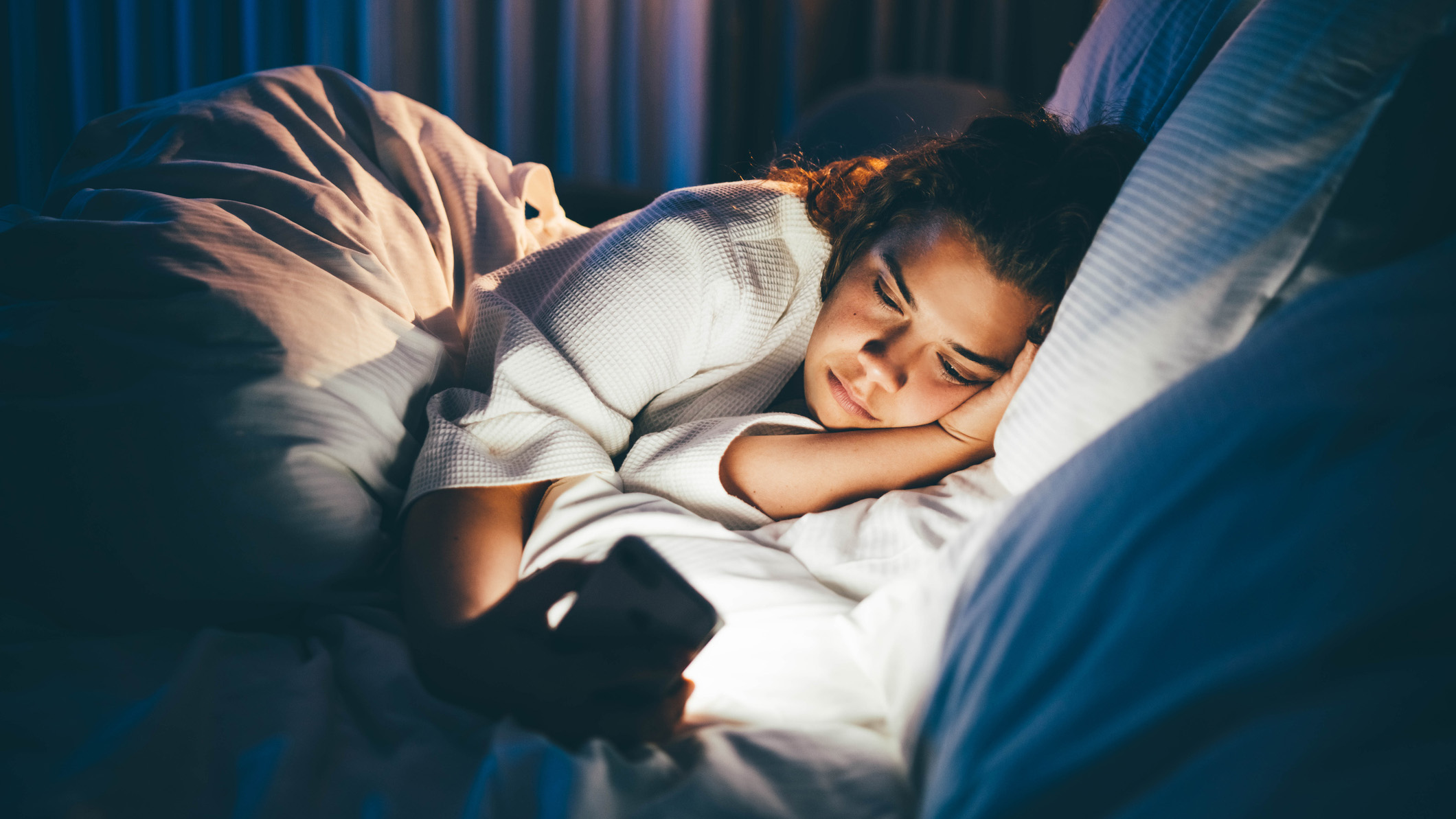Forget mouth taping to reduce snoring or sleep apnea symptoms — experts share 5 tips they'd use instead
Mouth taping might be trendy, but experts say these tried-and-tested methods are more effective at managing snoring and OSA
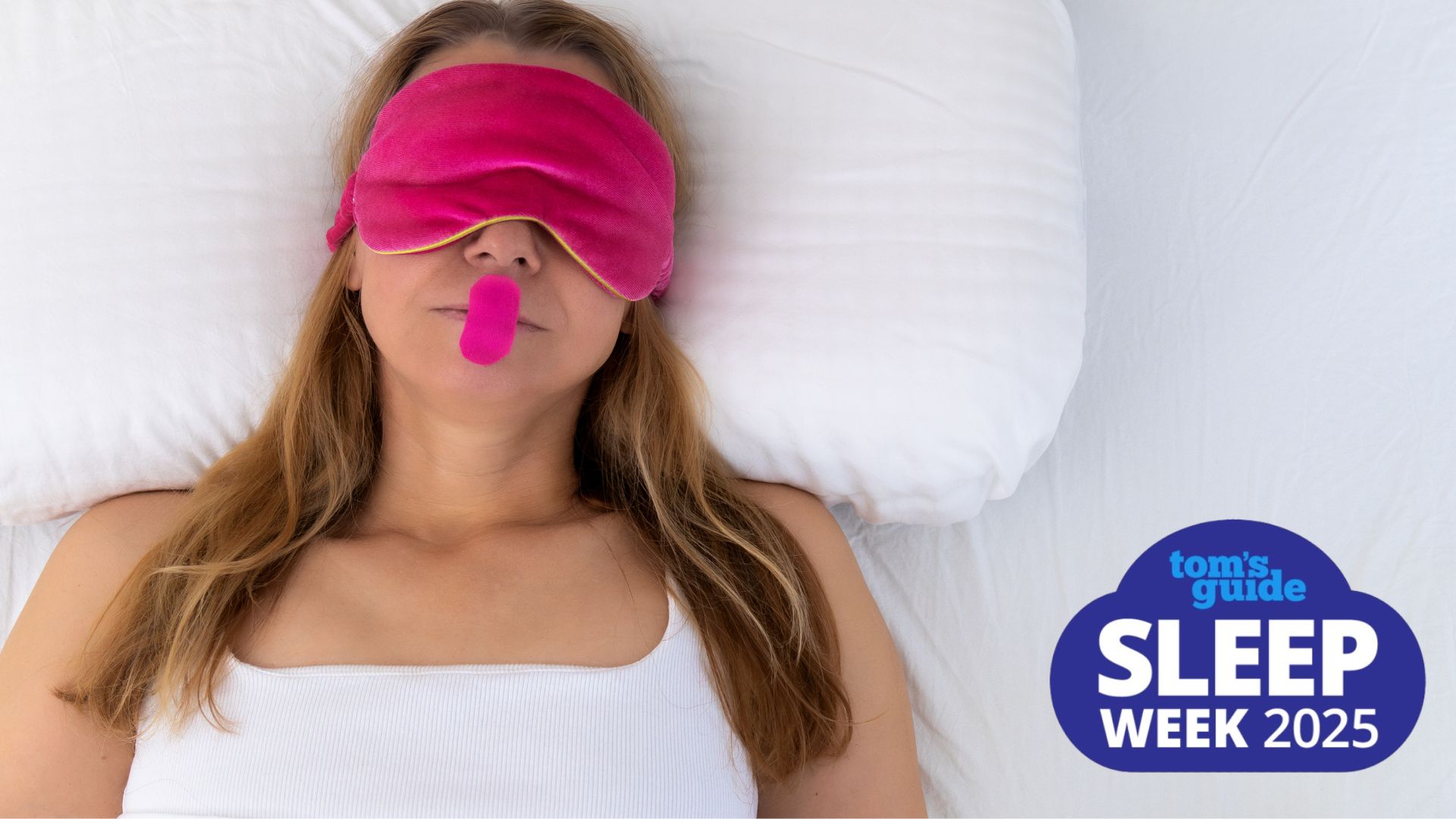
Mouth taping has become a major sleep trend because it promises everything from deeper, more oxygen-rich sleep to a sharper jawline. But is it an effective way to stop snoring or reduce sleep apnea symptoms?
We tried mouth taping for better sleep and most our of team hated it. Some of my colleagues found that mouth-tape increased nighttime disturbances, leading to poorer sleep – not an improvement.
While there are a few limited studies (in terms of cohort size and length) that suggest mouth taping could be an effective first treatment for people with mild Obstructive Sleep Apnea (OSA) symptoms, we are yet to see any large-scale evidence.
For Sleep Awareness Week 2025 we spoke to three sleep and health experts to get their professional opinions on mouth taping for reduicng snoring and sleep apnea symptoms, and what treatments they might recommend trying instead.
Helix Sleep: Save 27% sitewide
Helix is one of our top-rated sleep brands and we’ve paired up with them to bring you an exclusive deal. For Sleep Week you can save 27% on everything at Helix with code TOMS27. All mattresses come with a limited lifetime warranty and 100-night trial. Preferred partner (what does this mean?)
Should you try mouth taping to reduce snoring and sleep apnea?
While it might be tempting to try the viral mouth taping trick in the hopes it will stop sleep apnea, experts warn you shouldn't get caught up in the craze.
"Personally, the last thing I would recommend is mouth taping, as just forcing yourself to breathe through your nose will not reduce your risk of snoring or OSA," argues Hannah Shore, head of sleep science at Mattress Online. "If you are reducing the overall amount of oxygen you are breathing in, you are likely to be causing your body some stress which can decrease your quality of sleep."
If you're experiencing OSA or CSA, we recommend speaking to a healthcare professional to find a sleep apnea treatment plan that works for you.
Sign up to get the BEST of Tom's Guide direct to your inbox.
Get instant access to breaking news, the hottest reviews, great deals and helpful tips.
But if you want to reduce snoring, here's what the sleep experts suggest (instead of reaching for the mouth tape):
The 5 expert tips for reducing snoring and sleep apnea symptoms
1. Use sleeping aids to sleep on your side...
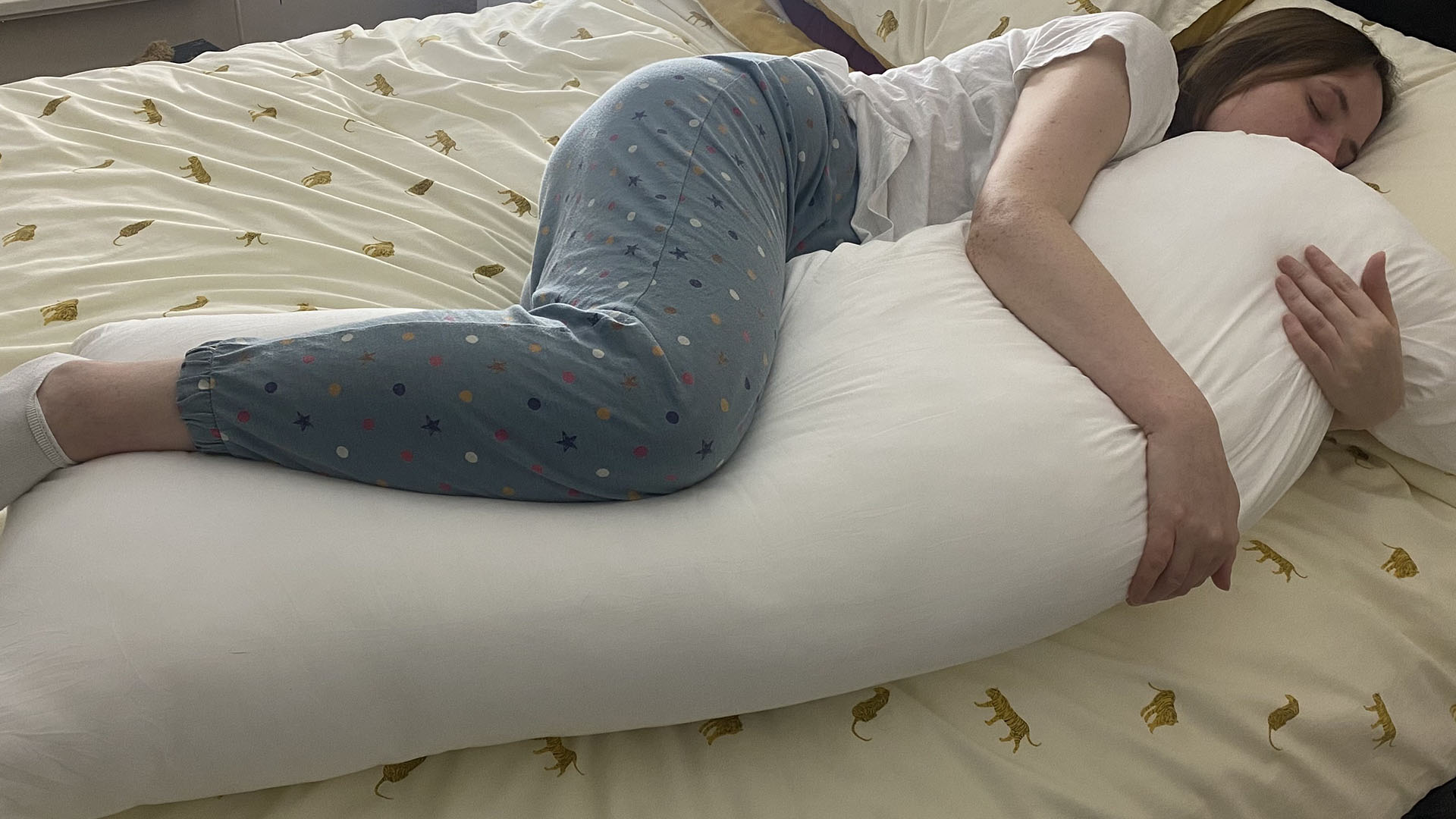
Sleeping on your back increases the chance of snoring, so it's best to adopt a different sleeping position. Dr. Bhavini Shah, GP and sleep expert at LloydsPharmacy Online Doctor, says you can do this by using a side sleeping pillow.
"Sleeping on your side can help to naturally open up your airways, reducing snoring symptoms," says Dr Shah. "A specialized V-pillow or bed wedge can help to keep you on your side."
2. …Or switch to a thinner pillow on your back
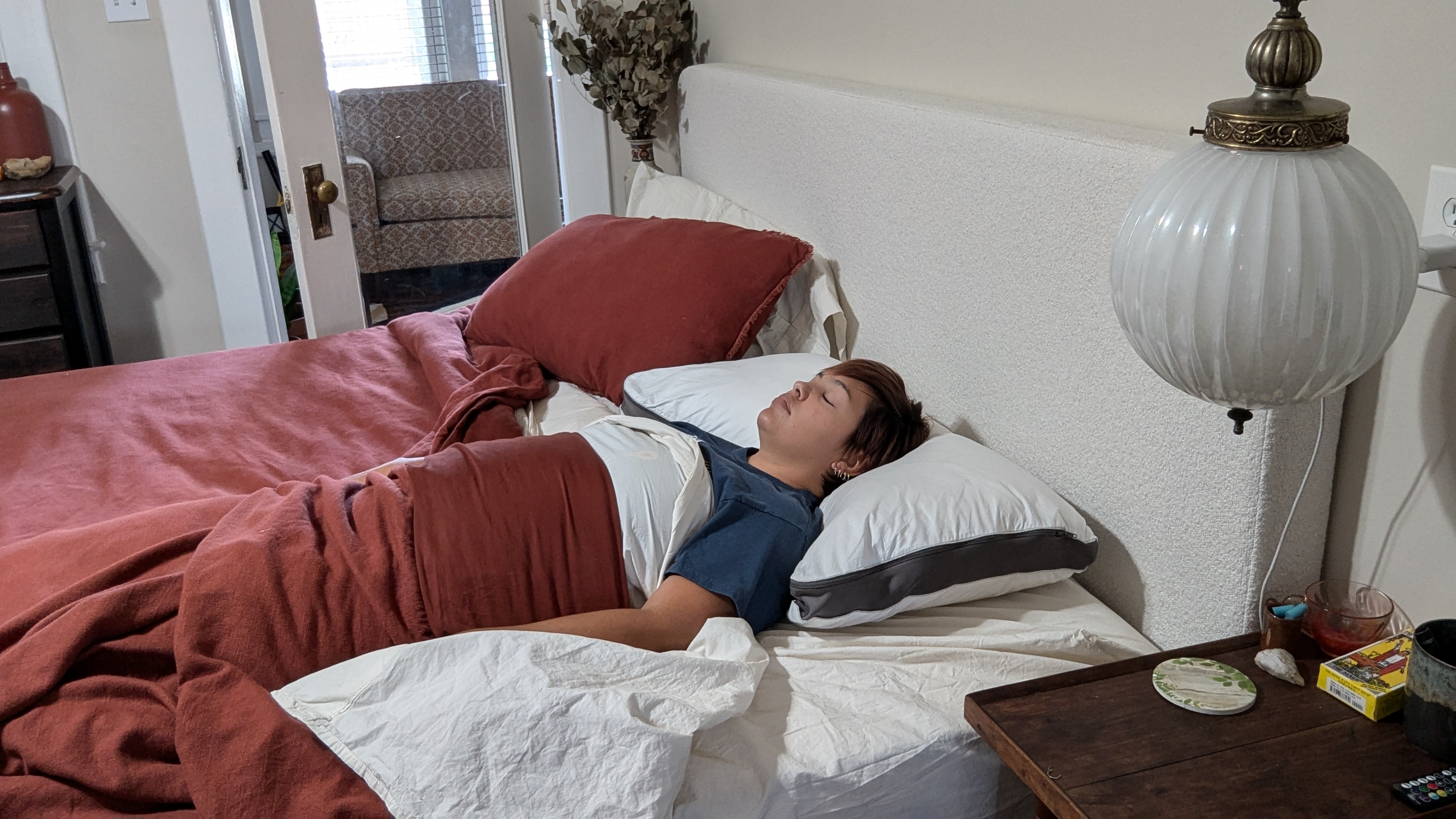
Some people struggle to fall asleep in a position that they're not accustomed to, so Shore suggests back sleepers check they're using the best pillow to reduce snoring.
"If you sleep on your back naturally and find it uncomfortable to switch up positions, you may find altering your pillow could help," she explains. "A pillow that is too thick can cause the head to drop forward and the chin back, decreasing the space in the upper airway. A thinner pillow can keep your head back and open up the airway, reducing the chance of obstruction."
3. Decongest with a humidifier or nasal spray
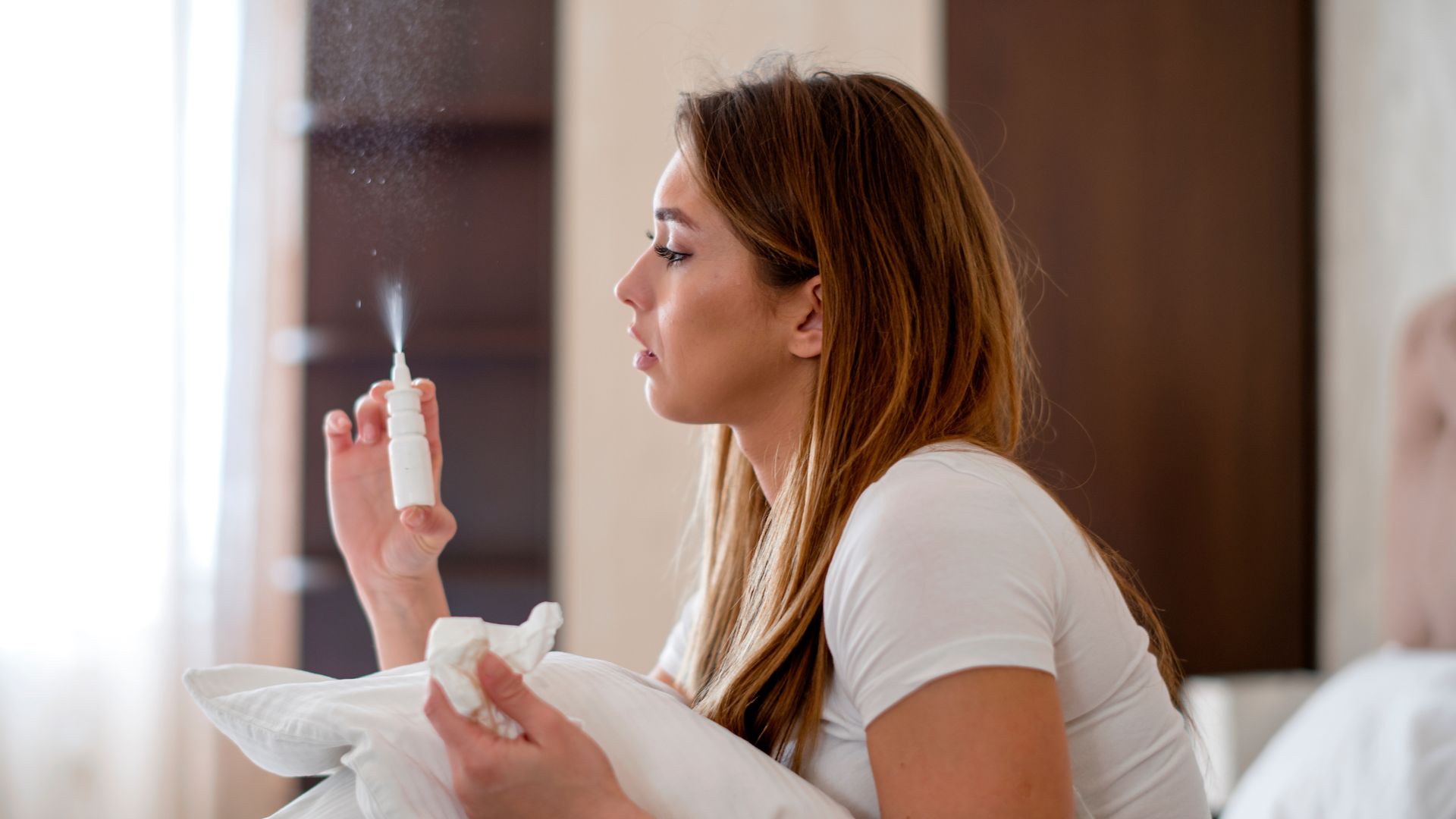
Joshua Piper, Sleep Clinician at ResMed UK suggests using tools that reduce congestion for milder cases of snoring or apnea.
"Keep your nasal passages clear," he advises. "If you think congestion might be contributing to your snoring, try saline sprays, nasal strips, or a humidifier."
4. Use a water intake calculator (and avoid alcohol)
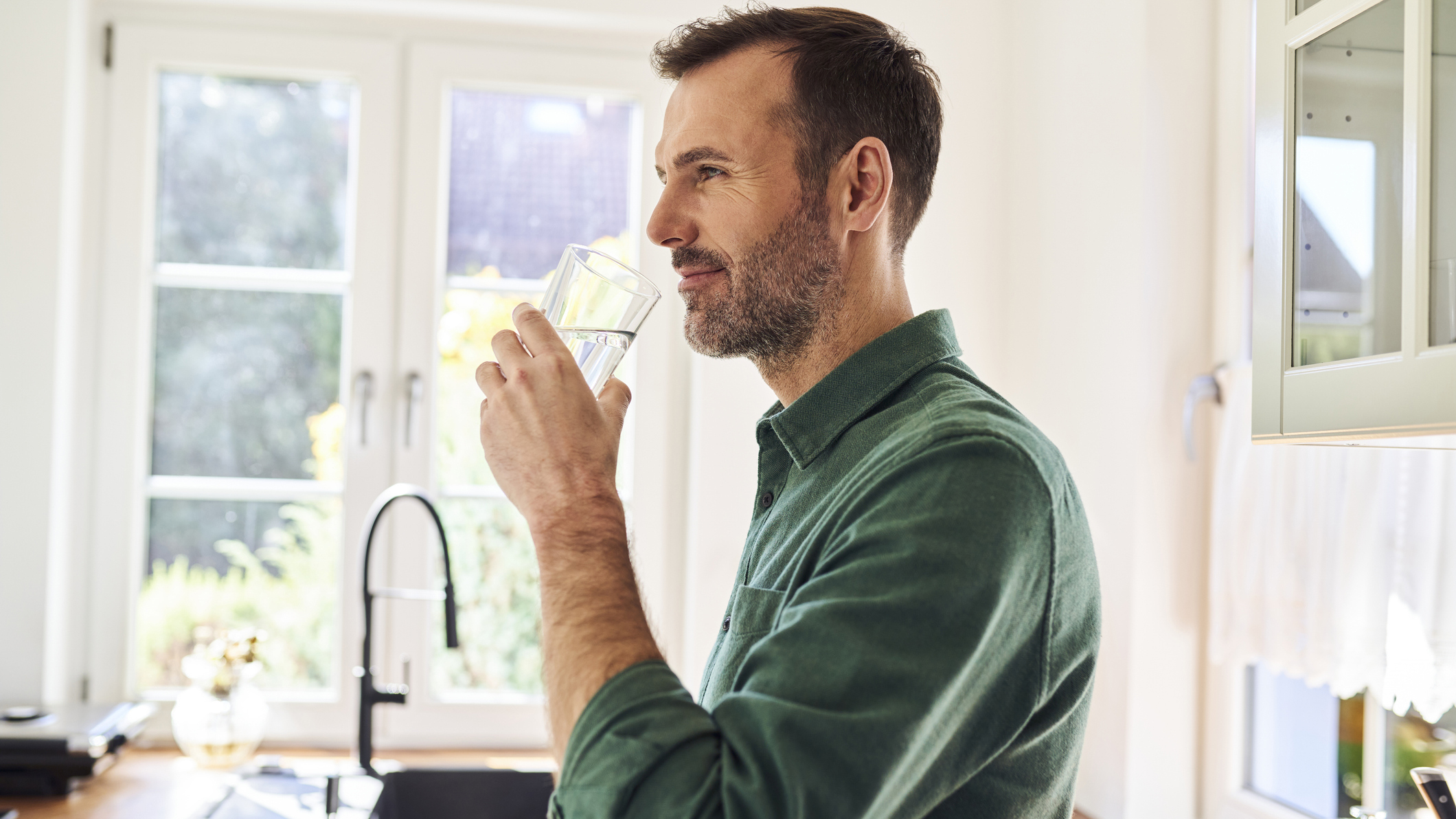
According to Piper, lifestyle changes, such as increasing your water intake and avoiding alcohol, can ease snoring and sleep apnea symptoms.
"Dry throat tissues can increase snoring, so drinking enough water throughout the day should help combat this," he recommends. "Also, avoid alcohol and sedatives, as these relax throat muscles, increasing airway collapse and worsening snoring."
If you want to increase your water intake, try using a free water intake calculator to figure how much you need to drink per day to keep hydrated.
5. Visit your doctor
Last but not least, speak to a healthcare provider, as they can diagnose you with sleep apnea (if that is the case) and help you treat it.
"Firstly we need to see whether it is just snoring or Sleep Apnea," says Shore. "If it is Sleep Apnea, then I would recommend going to see your doctor.
According to the sleep expert, a diagnosis can open doors for treatment. "There are many different things that doctors can offer and suggest to help," advises Shore, "including breathing devices such as Continuous Positive Airway Pressure (CPAP), sleep positioners, behavioral therapy and lifestyle changes."

Research is continuously improving the convenience of sleep apnea diagnosis, and a diagnosis can lead to more effective treatment than without-prescription solutions.
"Over-the-counter snoring solutions, like chin straps or nasal dilators, can ‘hide’ the symptom of snoring but fail to treat the underlying obstructive sleep apnea," Piper tells us. "While some mild cases may benefit from these gadgets, it is a conversation that needs to be had with an appropriate medical professional so that you understand the options and outcomes."
What is sleep apnea?
"Sleep apnea is a common condition where a person’s breathing stops and starts repeatedly during sleep," explains Piper.
"This happens because the airway becomes blocked or collapses, or because the brain doesn’t send the right signals to control breathing."
Shore outlines that there are three types of sleep apnea: Obstructive, Central, and Mixed. "Obstructive is where there is a blockage in the upper airway which prevents the person breathing," Shore says.
"Central is where there is a neurological disorder where the person shows no effort to breathe. Mixed is a mixture of both."
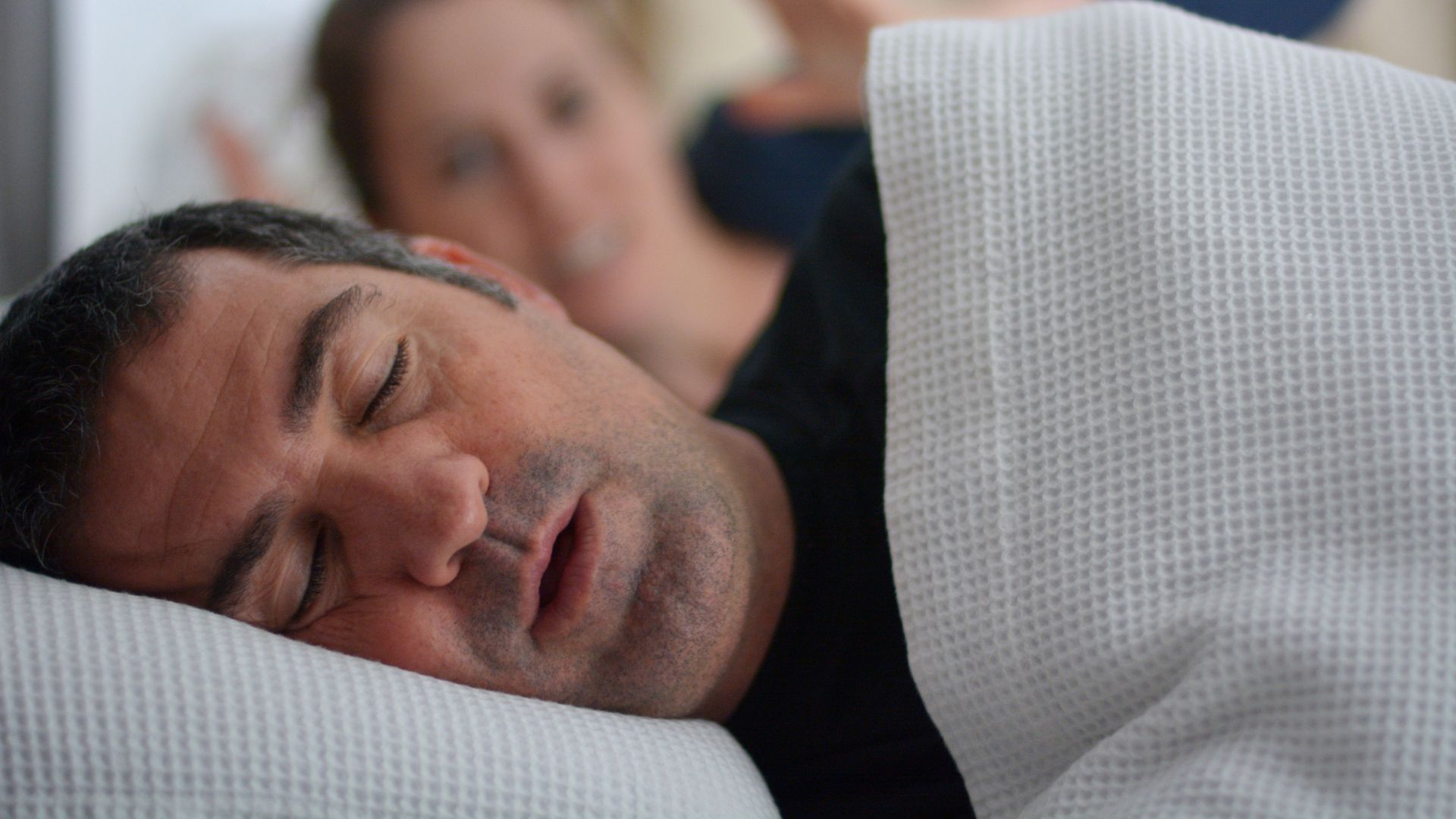
Shore explains that Obstructive Sleep Apnea (OSA) is the most common type, and so it's often what people are referring to when using the term sleep apnea (when we talk about sleep apnea at Tom's Guide, we're primarily discussing OSA.)
Dr. Shah identifies being overweight as one risk factor of OSA, and notes that this is a serious breathing disorder and treatment is crucial.
"People with untreated sleep apnea have an increased risk of having high blood pressure," she says. "Which in turn can increase your risk of heart problems and strokes. Some people with sleep apnea are also at higher risk of diabetes."
What are the symptoms of sleep apnea?
"The tell-tale sign you may have OSA (Obstructive Sleep Apnoea) is if you are waking yourself (or your partner) with loud breathing noises throughout the night," says Piper.
"32% of couples report that their partner’s snoring, loud breathing, or gasping for air — symptoms often associated with sleep apnea — disrupts their sleep."
While snoring is a common symptom of sleep apnea, not everyone who snores has sleep apnea (and not everyone who has sleep apnea snores.)
That's why it's beneficial to know the other symptoms of sleep apnea, to help you find the root cause of your snoring or breathing troubles.
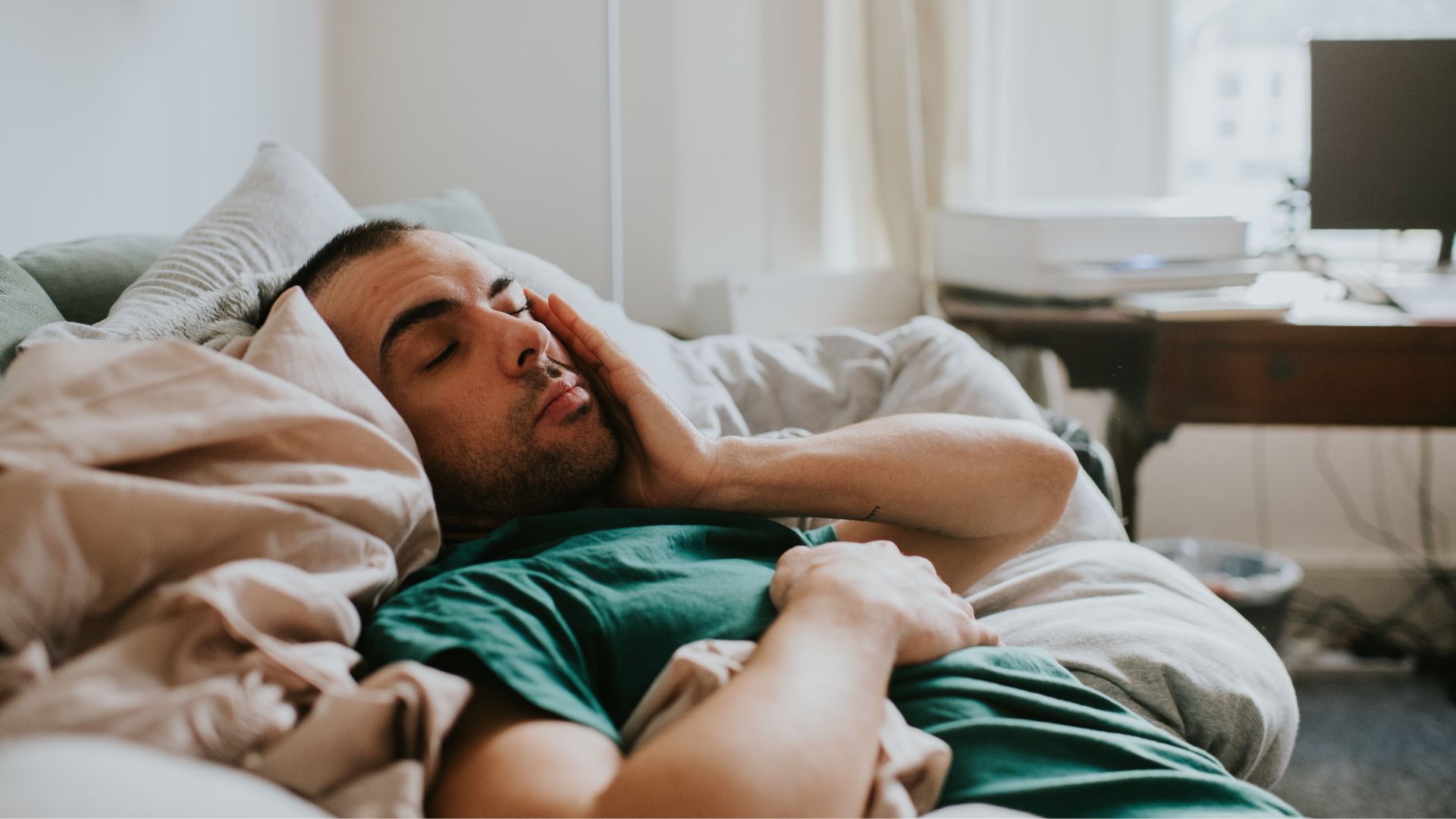
Piper says other symptoms can include a frequent need to visit the toilet during the night, morning headaches and persistent oral dryness in the morning. Dr Shah says it can also impact behavior.
"People with sleep apnea will wake up multiple times in the night, but they might not even realize," explains Dr Shah.
"This disturbed sleep will make you feel tired during the day. You might also have headaches, mood swings, and find it hard to focus."
If you suspect you have sleep apnea, Shore recommends completing a simple quiz called the STOP BANG questionnaire to help you identify your risk level:
Symptom | Question | Reason |
Snoring | Is your snoring loud and irregular? | When the airway becomes fully obstructed, the noises become louder and more disrupted. |
Tiredness | Do you think you get enough sleep but often feel tired throughout the day? | When the body has a reduced amount of oxygen, it prompts night awakenings. |
Observation. | Has anyone observed you stopping breathing throughout your sleep? | The big symptom of OSA is the absence of taking a breath throughout the night. |
Pressure | Do you have high blood pressure? | A rise in cortisol throughout the apnea events prompts a rise in blood pressure. |
BMI | Is your BMI over 35? | Larger people tend to suffer with OSA more frequently. |
Age | Are you over 50? | As we get older, we see a weakening in the upper airway muscles, meaning we are more likely to relax that little bit further when we are sleeping. |
Neck Size | Is your neck size over 40cm? | Again, carrying weight around your neck is a significant signal that the upper airway is reduced in size. |
Gender | Are you male? | We tend to see a higher prevalence of OSA in males, due to where they are more likely to carry extra weight. |
Tom's Guide created this content as part of a paid partnership with Helix Sleep. The contents of this article are independent and solely reflect the editorial opinion of Tom's Guide.
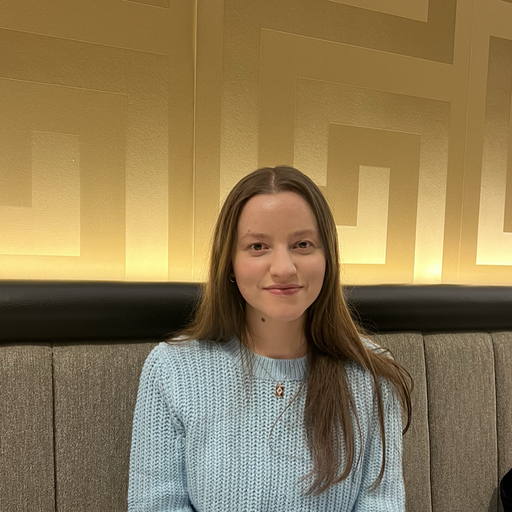
Frances Daniels is a PPA-accredited journalist and Sleep Staff Writer at Tom's Guide with an MA in Magazine Journalism from Cardiff University. Her role includes covering mattress and sleep news and writing sleep product reviews and buyer's guides, including our Best Hybrid Mattress 2025 guide. She is hugely interested in the relationship between good sleep and overall health, interviewing a wide array of mattress and sleep experts to create well-informed articles about important topics such as nutrition, sleep disorders (from sleep apnea to night terrors), lucid dreaming, sleep hygiene, and mattress care. She is also our specialist on mattress toppers — producing mattress topper reviews and taking care of our Best Mattress Toppers 2025 guide — and takes the lead on all content related to fiberglass-free mattresses for a clean, non-toxic sleep. Outside of Tom's Guide, she has written for Ideal Home, Homes & Gardens, and Marie Claire.


